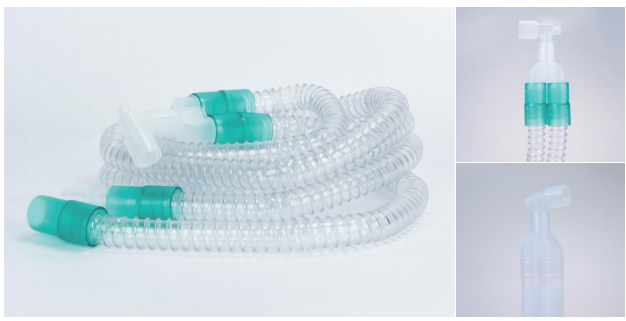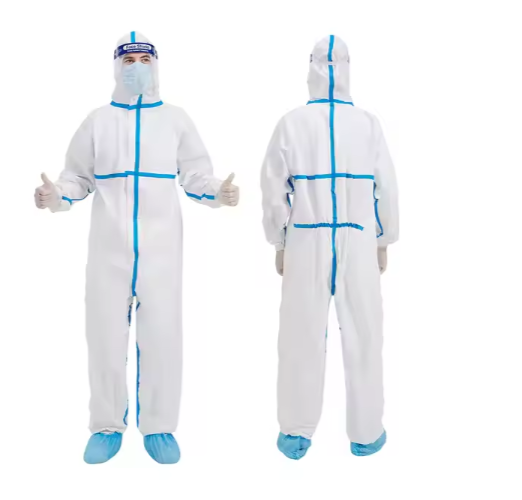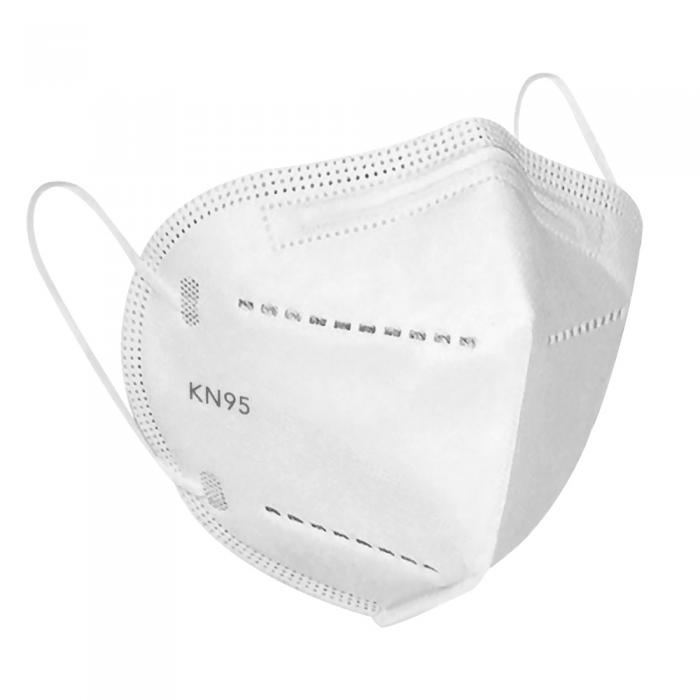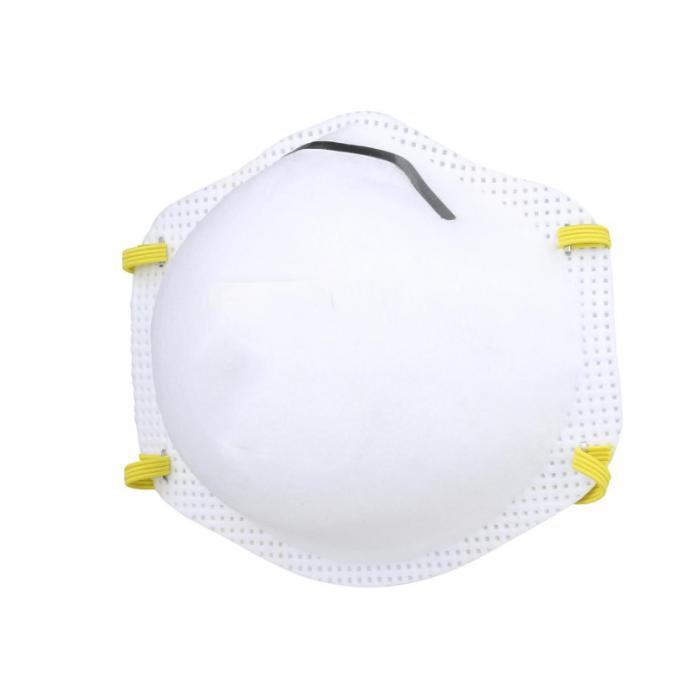| Name: | Breathing Circuits |
|---|---|
| Model No.: | Breathing Circuits |
| Material: | Plastic |
| Brand: | BESCO |
| Keywords: | Medical Breathing Circuits |
| LEAD TIME: | 5 days |
| Sample: | Available |
| MOQ: | 1000 pcs |
| Payment Term: | T/T in advance |
| Country of Original: | China |
| Port: | Qingdao |
| Stock: | Available |
| Factory Address: | Changyuan,China |
| Office: | Zhengzhou,China |
Products Description
All connections are bonded together to prevent leakage and maintain the connection.
All circuits are equipped with a secure hand grip allowing easy placement and removal from the anesthesia machine.
1.2m
1.6m
1.8m
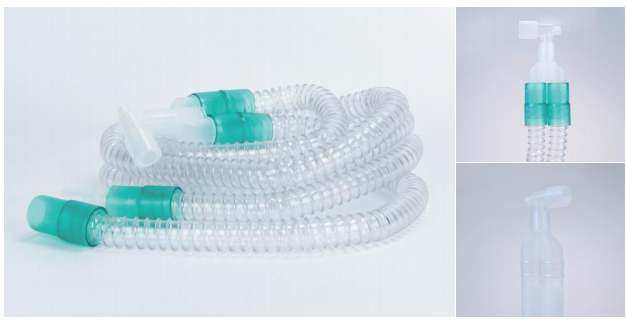 Breathing Circuits.png"/>
Breathing Circuits.png"/>
A breathing circuit is a system of tubes, valves, and other components that creates a pathway to deliver oxygen and anesthetic gases to a patient's airway and remove exhaled gases, particularly carbon dioxide. These circuits are crucial for medical procedures and respiratory support, connecting the patient to an anesthesia machine and ensuring a stable environment for gas exchange. They come in various types, such as the circle system and Mapleson circuits, with designs differing in efficiency, complexity, and whether they recycle exhaled gases.
Key Components and Functions
Tubes:
Corrugated tubing forms the conduit for gas flow, with both inspiratory and expiratory limbs.
Y-piece/Wye:
A central connector that links the patient's airway (via a mask, laryngeal mask, or tracheal tube) to the circuit.
Reservoir Bag:
A flexible bag that stores gas, allows for manual ventilation by squeezing, and indicates breathing.
Valves:
Unidirectional valves control the direction of gas flow, ensuring fresh gas goes to the patient and exhaled gas is directed away from them.
CO2 Absorber:
In closed or semi-closed systems, a chemical absorbent (like soda lime) removes carbon dioxide from exhaled gas before it is re-inhaled.
Fresh Gas Inlet:
Supplies the circuit with the necessary oxygen and anesthetic gases from the anesthesia machine.
Adjustable Pressure-Limiting (APL) Valve:
A spill valve that allows excess gas or waste gas to escape, preventing pressure buildup in the circuit.
Types of Breathing Circuits
Breathing circuits are often classified by their gas flow characteristics:
Open Systems:
.
No components like a reservoir bag or valves; patients have access to atmospheric gases (e.g., open-drop ether).
Semi-Open Systems:
.
Contain a reservoir bag but no rebreathing of exhaled gases, relying on high fresh gas flow to flush them out.
Closed/Semi-Closed Systems:
.
Utilize a CO2 absorber to remove carbon dioxide, allowing for rebreathing and enabling very low fresh gas flows, making them very efficient.
Purpose and Importance
Gas Delivery: Safely supply fresh oxygen and anesthetic agents to the patient.
Waste Gas Removal: Facilitate the removal of exhaled carbon dioxide, which is toxic if re-inhaled.
Ventilation Support: Provide manual or controlled positive pressure ventilation.
Patient Comfort: Maintain a stable and appropriate environment for the patient's respiratory system during medical procedures.
